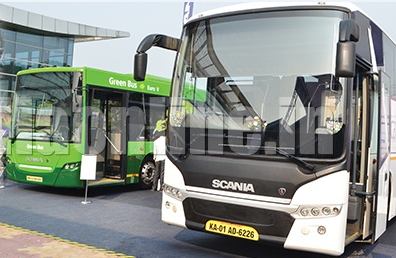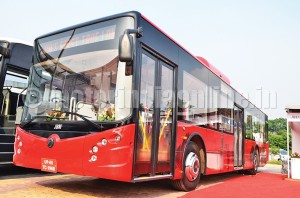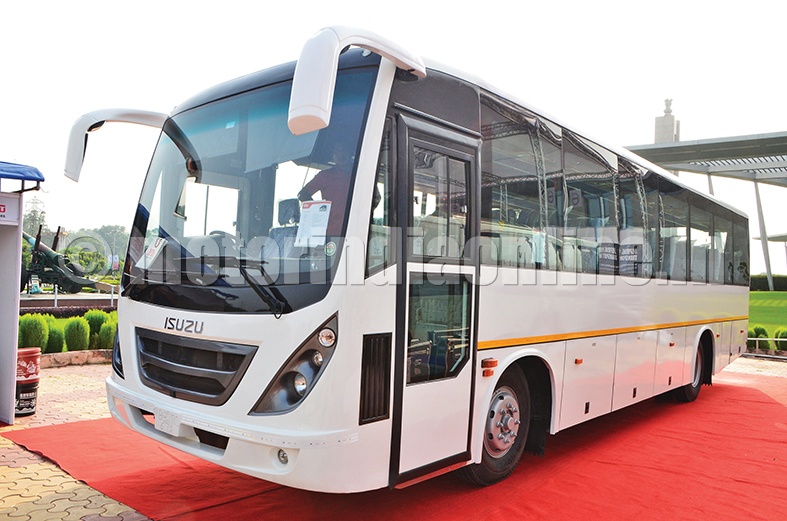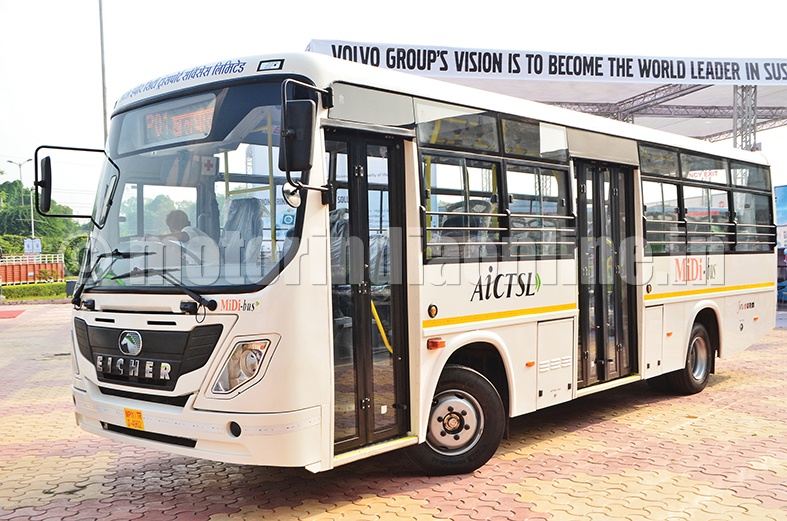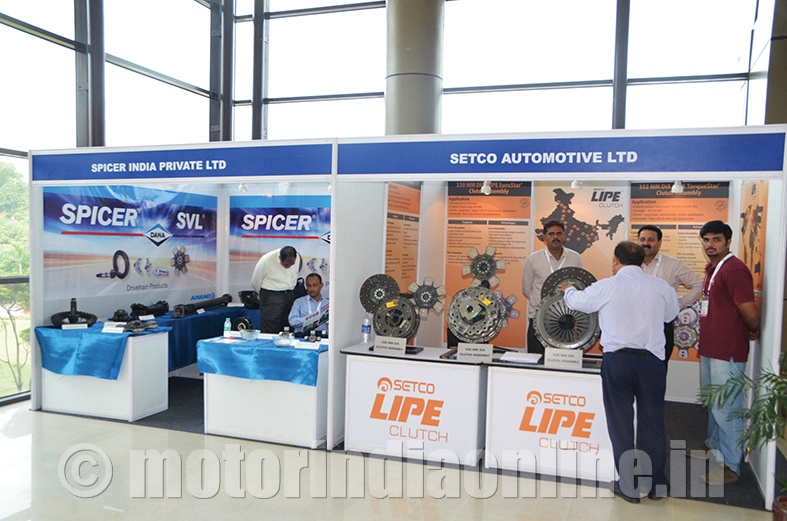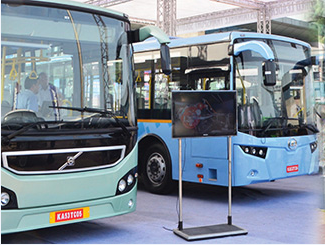 Given a choice how would you travel – by bus or own car? In all probability, you would say ‘car’. And why not? One’s own vehicle gives one the flexibility of time, control, freedom and, most importantly, the first and the last-mile connectivity. Making mass transportation attractive, accessible, affordable, reliable and safe can mitigate issues connected with transportation, viz., pollution and congestion. The 50-year-old Association of State Road Transport Undertakings (ASRTU) celebrated its golden jubilee year in mid-August by organizing a two-day conference – ICEPTI (International Conference & Exhibition on Public Transport Innovation) 2015 in New Delhi to drive the point home. Here is a bird’s eye view.
Given a choice how would you travel – by bus or own car? In all probability, you would say ‘car’. And why not? One’s own vehicle gives one the flexibility of time, control, freedom and, most importantly, the first and the last-mile connectivity. Making mass transportation attractive, accessible, affordable, reliable and safe can mitigate issues connected with transportation, viz., pollution and congestion. The 50-year-old Association of State Road Transport Undertakings (ASRTU) celebrated its golden jubilee year in mid-August by organizing a two-day conference – ICEPTI (International Conference & Exhibition on Public Transport Innovation) 2015 in New Delhi to drive the point home. Here is a bird’s eye view.
How does one address problem of plenty? The problem of plenty of vehicular traffic carrying burgeoning population on ever congested roads of India. In turn, there is plenty of pollution, lifestyle-related health hazards, and not to mention the ever-increasing rate of deaths on Indian roads. Elsewhere around the world, the problem of traffic, transportation and its management, pollution and congestion are being tackled, effectively in some places and not so much in others.
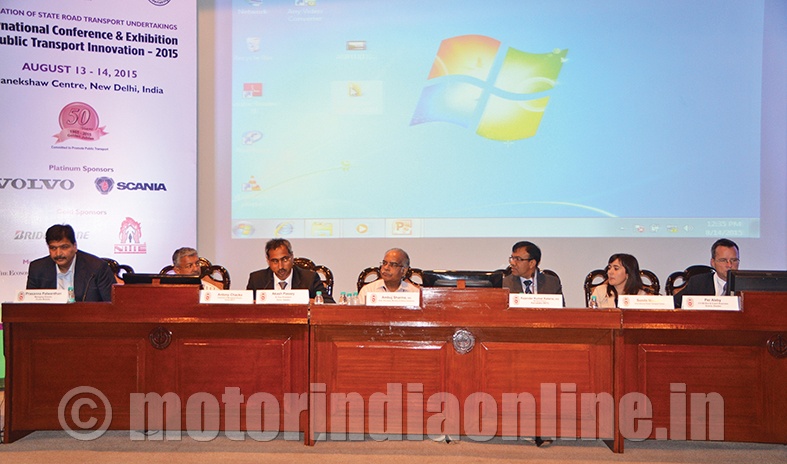
In India, the mushrooming problems of dysfunctional mass transportation and increasing individual modes of transport are going out of hand. Experts gathered at the two-day ICEPTI 2015 held to celebrate the Golden Jubilee year of ASRTU threw many a spotlight on various issues. Interestingly, the conference did not yield in definite conclusions. Pointers were given and taken as to what the road to success could comprise of.
Ms. Shreya Gadepalli, Reg. Dir. (India), Institute for Transportation & Development Policy (ITDP), made an interesting analogy, “obesity cannot be cured with over-sized pants.” The statement aptly described the current situation on Indian roads. She went ahead to suggest or Bus Rapid Transportation (BRT) as one major solution to de-congest roads and in turn reduce pollution.
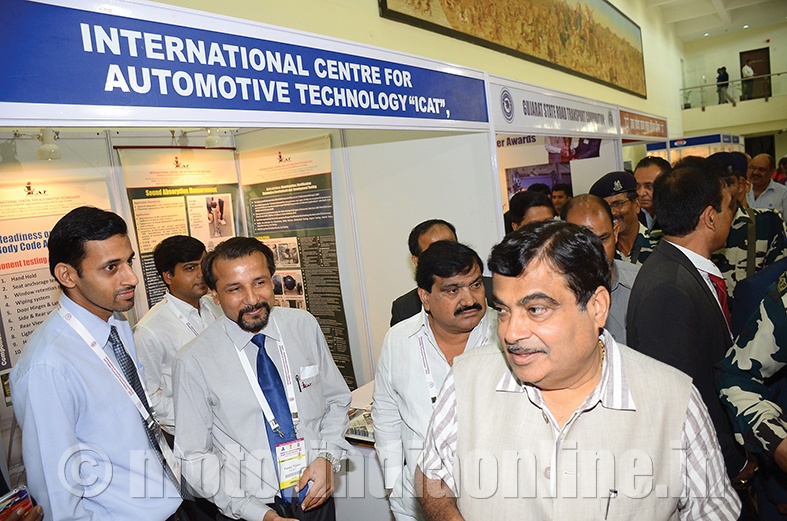
Mr. Alain Flausch, Secretary General – International Association of Public Transport, had a different perspective: “Most of the people here who are part of the public transport operation know the problems and the solutions, but the real issue is that the honourable Ministers should stay to listen to, may be, how it can be done differently. At this point you need to go on the scale of territory, which is including the satellite cities, because you are not going to ply only in Delhi.”
Broadbased solutions are the need of the hour, especially in the light of the fact, as put by Ms. Gadepalli, “technology provides solutions but only after we know what problem to solve as priority.”
Mr. Nitin Gadkari, Union Minister for Surface Transport, Highways and Shipping, shared his vision: “There is a three-tier system we are trying to use – one is immediate decision making for qualitative reform in the sector, second is mid-term and third is long term. The Ministry is concerned with barrier-free seamless movement of the inter-State permit holder for goods vehicles. We are interested in converting our system at the national and State levels to e-governance to make it corruption free.”
He emphasized helping SRTUs (State Road Transport Undertakings) financially to use latest technology such as GPS based vehicle tracking system, computerized reservation system, automatic fare collection system, electronic ticket vending machines, passenger information system, and CCTV cameras, among other IT initiatives.
Currently there are about 55 State transport undertakings and seven associate members within the country with a total fleet strength of over 150,000. In India, over a million employees help run the show on a daily basis where road transportation carries three times what the Indian railways do.
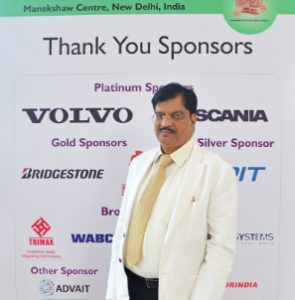
Mr. P.S. Ananda Rao, Executive Director – ASRTU, admitted to a full house on the opening day of the conference: “There are several technological changes that are taking place across the world, and we seem to have missed the bus literally and figuratively. We are here concentrating on what is the road map for the road transport industry, mass transport, so we have partners from all fields. This is to see how we can really make it a successful model, economical, affordable, safe and comfortable to the commuters.”
Mass transportation, whether provided by buses or other vehicles like shared taxis, tuk-tuks or jeepnies, would be attractive to majority of the population only if the peripheral infrastructure has been developed.
Mr. Rao said: “A good, accessible, affordable public transport will have last-mile connectivity. Now if it is metro rail, we know that it cannot go to interior parts, you have to again have connectivity with a feeder service. The other thing is we provide enough public transport and metro but we do not have parking lots. We are looking at these areas where we have failed.”
The Chief Managing Director of Kerala SRTC, Mr. Antony Chacko, shared: “The overall transport structure should change because every Indian city is congested. Privately-owned vehicles are increasing in number in the city which the roads cannot take. Avoiding that will require us to make public transport system efficient and convenient for the commuters. The buses with the new technology which is presently brought into our Indian market are well taken by the public. In Kerala, the low-floor AC buses are very well received by the people, and they are not bothered about the extra charge they are paying.”
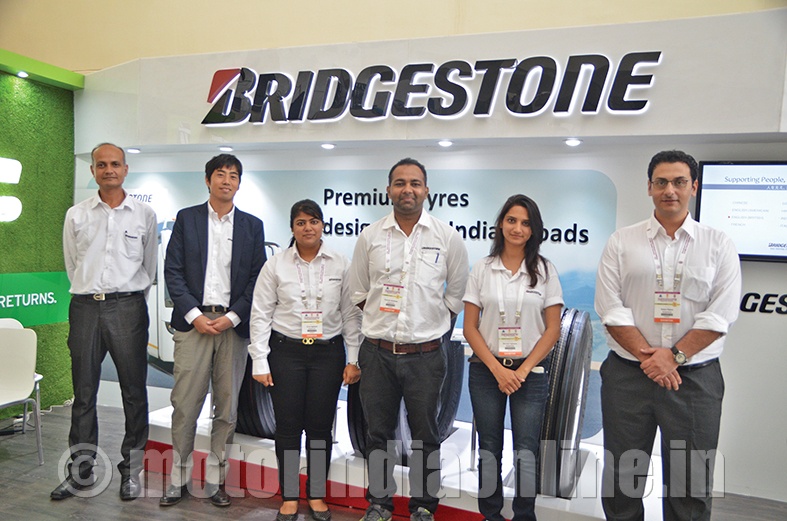
Mr. Dario Hidalgo is halfway optimistic. He is the Director – Transport Practice, WRI Cities – EMBARQ, which is the knowledge partner of ICEPTI 2015. He said, “Public transportation can work, but you need to choose between the most sustainable modes which requires push and pull. It’s not about only providing better transport; it’s also about making a little bit more difficult for the cars with congestion pricing or with parking management, and then you need to improve the technology, the operations for things to work better. We call that ‘Avoid Shift Improve paradigm ‘which will help cities to be more sustainable, but which is not happening. Cities are sprawling rather than being compact, and more people are willing to buy cars and motorcycles to solve their individual mobility problem, but they are the worst off. It is very important to understand that the dynamics are not moving in the right direction.”
Striving to contain the problem, the concerned ministry is high on introducing new schemes across the country by way of promoting hybrid buses, alternate-fuel buses, and incentivizing State transport undertakings to offer computerized services, among the other benefits to the customers.
It’s a known fact that SRTUs have been in the red for many years now, despite serving the public, especially in rural areas where connectivity is a major issue – forget first or last mile connectivity. The Karnataka SRTC Managing Director, Mr. Rajender Kumar Kataria, is fighting on behalf of SRTUs to remain relevant: “We have social obligations. The SRTUs take care of difficult areas in the villages, we run operations in forest areas, and in the remote areas where no one goes. We do not care about the maximum load factor. We serve special groups of society like students, senior citizens, and specially-abled persons, because profit is not the motive. But a private operator is in it for business, whereas I do business-like activity. I provide better vehicles, infrastructure, I construct bus stations, I employ drivers and conductors on merit. But the private players have no control on the drivers or the quality of their driving.”
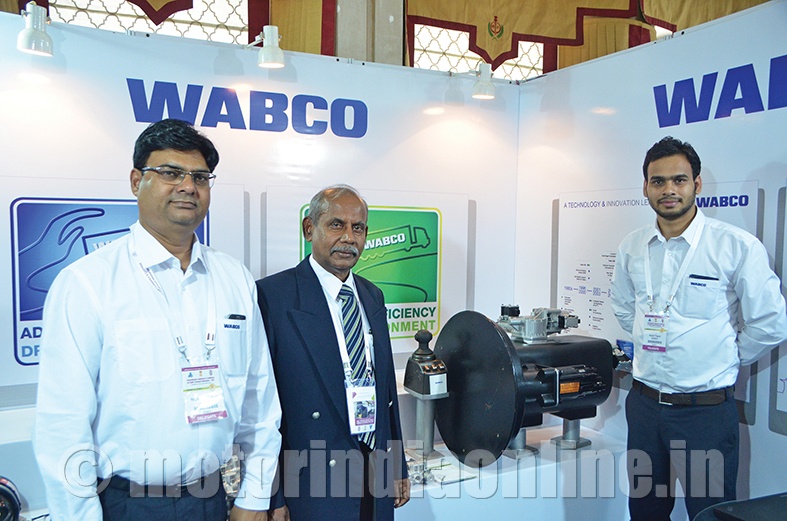
The onus, according to experts, lies largely with the government. Mr. Flausch shares: “It is a question of governance and better co-ordination among the metro, the bus companies and the different level of authorities. And as long as it will be a different level of authorities an integrated transport system will be difficult. Firstly, the whole mobility issue should be viewed by one body and not different bodies looking for their own interests. Secondly, if you want things to work long term, you cannot change the management of those companies every other year. When you have a good traffic engineer with a vision, he would do the job, but you need to organize yourself at the political level also. If one State does one thing and the other differently… there might be problems of connection, so that would be my other recommendation.”
According to him, transportation problems have nothing to do with the sector itself. He said: “Start first with getting the governance right because it has nothing to do with transport. But I see places where operators are doing their own way. If there is no co-ordination, it doesn’t work.”
Expecting merely one stakeholder to work professionally while the entire eco-system is still figuring out how to work things better does not yield the expected results. The Senior Vice President – Volvo Buses, Mr. Akash Passey, put it succinctly: “All the stake-holders – we as well as OEMs, have to invest. Regulatory bodies will have to bring changes to laws which have existed since 1947, operators will have to be more open, State transport undertakings will have to bring in private operators, the Government will have to make financing available… so I think all stake-holders need to do their bit, because it’s very difficult to say who is that one who needs to make changes.”
What the Indian transportation scenario requires, perhaps, is a different perspective to look at the growing cities, financing transport and taxation so that the country can look at a viable, acceptable and sustainable mass transport option.
Prof. Dinesh Mohan, Indian Institute of Technology, Delhi, clarified: “There is no system of raising finances in India, and it cannot be centralized, it has to be city by city because centralized finance is not sustainable and people have to get used to that fact that they have to be taxed. So when everyone is taxed in the city and one-third of the people use the system that it works, it cannot work if everyone is paying for himself.”
According to him, only the Government – both at the Centre and State levels – can bring any sort of significant change. “Only the Government and no one else can do this, and the city governments, because the operators should run under the city governments which should finance them otherwise there is no responsibility to the city but this will take time.”
A smart country is one where people do not look down upon mass transportation. But it will become realistic only when people, governance and transportation service providers work together to offer a clean and timely solution.
Mr. Rao quoted an expert to reiterate his point: “Prof. Mohan has mentioned that if your buses can move faster than cars and two wheelers, then people will opt for public transport. And that is what we are aiming at. How we do that is a question and a challenge. We have proof of concept and proof of success from developed countries. So if we can really try this model in a few cities and decongest and also get on to the next level, I think nothing better could be achieved.”
Mr. Hidalgo had three recommendations – infrastructure, affordable public transportation which does not mean a loss making business, and sustainability. He said: “You cannot provide affordable public transportation if the government charges 40 per cent excise duty on the buses. To provide sustainability in terms of environmental impact, you need better vehicles with the current type of fleet, the current type of fuel and the current levels of emissions. So these three things need to work out.”
Slowly but surely, the Central Government is making amends to the way transportation is handled at both national and State levels. Mr. Gadkari shared: “Our plan is to start driving centres in the country, particularly in rural areas where tests are conducted with computerized systems. For fitness and pollution certificates also, we are going to form at least 2,000 centres all over India using PPP model, and it will be a fully transparent system by which we can give driving licences and training by which we can avoid accidents. So definitely we need the co-operation from the State stake-holders because that is in the interest of the society and in the interest of the country.”
With the country’s population poised to touch 900 million by the year 2050, challenges in smoothening transportation problems are tough. If Mr. Per Aleby, Director – Pre-Sales, Scania India, said, “different buses with different fuels will be needed to solve the bus industry’s future in India,” Mr. Parthaa Bosu, India Director and South Asia Liaison – Clean Air Asia, made a simple point, “it is 8 per cent excise tax for small cars while it is 12 per cent for bus. Are we really supporting buses?”
The road to success for the transportation industry in India will be smooth only when this pertinent question is answered.
